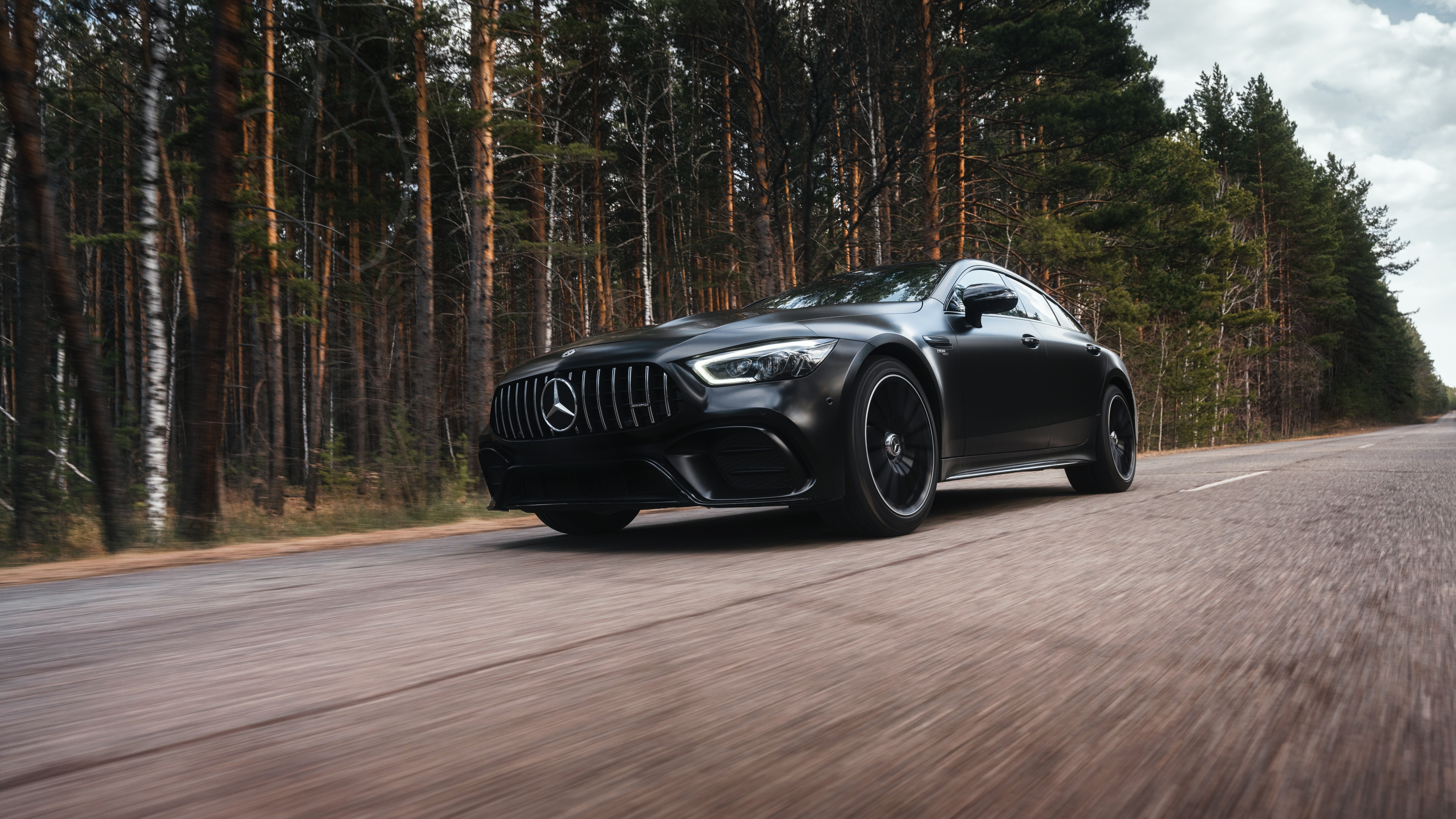Mercedes-Benz secures trade mark protection for its radiator grille mark

This website will offer limited functionality in this browser. We only support the recent versions of major browsers like Chrome, Firefox, Safari, and Edge.




Mercedes-Benz has secured trade mark protection in the EU for its radiator grille after the First Board of Appeal overturned the Examination Division’s decision to reject the application due to lack of distinctiveness.
In 2023 Mercedes-Benz Group AG (“Mercedes-Benz”) filed a trade mark application in the EU for vehicles and radiator grilles in Class 12 and games and toys in Class 28. The EUIPO’s Examination Division found the mark lacked distinctive character in respect of radiator grilles in Class 12, and therefore partially rejected the application. According to the Examiner, the applied for mark did not depart significantly from the norm or customs of the sector, so it would be unable to fulfil the essential function of a trade mark of signalling an unequivocal commercial origin to consumers.
Mercedes-Benz responded to the EUIPO’s objection claiming that the grille was distinctive because it featured the three-pointed star logo of the company, rather than the common honeycomb patterns used on vehicle grilles.
These logos were protected as EU trade marks, and Mercedes-Benz argued that the public would recognise these trade marks within the grille’s mesh structure.
However, the EUIPO’s Examination Division rejected this claim, on the basis that the average consumer does not analytically examine a mark and therefore would perceive the inclusion of the logo as a purely decorative element.
Mercedes-Benz appealed on broadly the following grounds:
The Board of Appeal agreed with Mercedes-Benz, finding that that the sign was sufficiently distinctive to be registered as a EU trade mark. Distinctive character must be assessed by reference to the relevant goods and consumers’ perception of them. As consumers are not in the habit of making assumptions about the commercial origin based on the appearance of the product itself, signs of this nature are only distinctive if they depart significantly from the norm or customs of the sector.
The Board of Appeal ultimately overturned the Examiner’s decision, holding that the sign applied for was not typical of a radiator grille mesh, but a combination of forms producing a figurative effect capable of distinguishing Mercedes-Benz’s radiator grille from those of other manufacturers. Despite the high threshold for marks resembling real-life goods, the overall impression conveyed by the sign produced a figurative effect capable fulfilling the functions of a trade mark.
This decision will be welcomed by brand owners, particularly those in the car industry or similar where design elements can be a crucial part of their branding. The decision underscores the importance of the overall impression a figurative mark conveys to consumers, rather than focusing solely on individual details.
In the right circumstances, unique design elements integral to a product’s appearance can indeed function as trade marks, provided they are sufficiently distinctive.
For more information or if you have any questions, please contact Emily Roberts, Chloe Perea Poole, Tedi Halili or another member of the IP team.
Subscribe to our Concept newsletter and receive the latest intellectual property legal updates, news and event invitations direct.